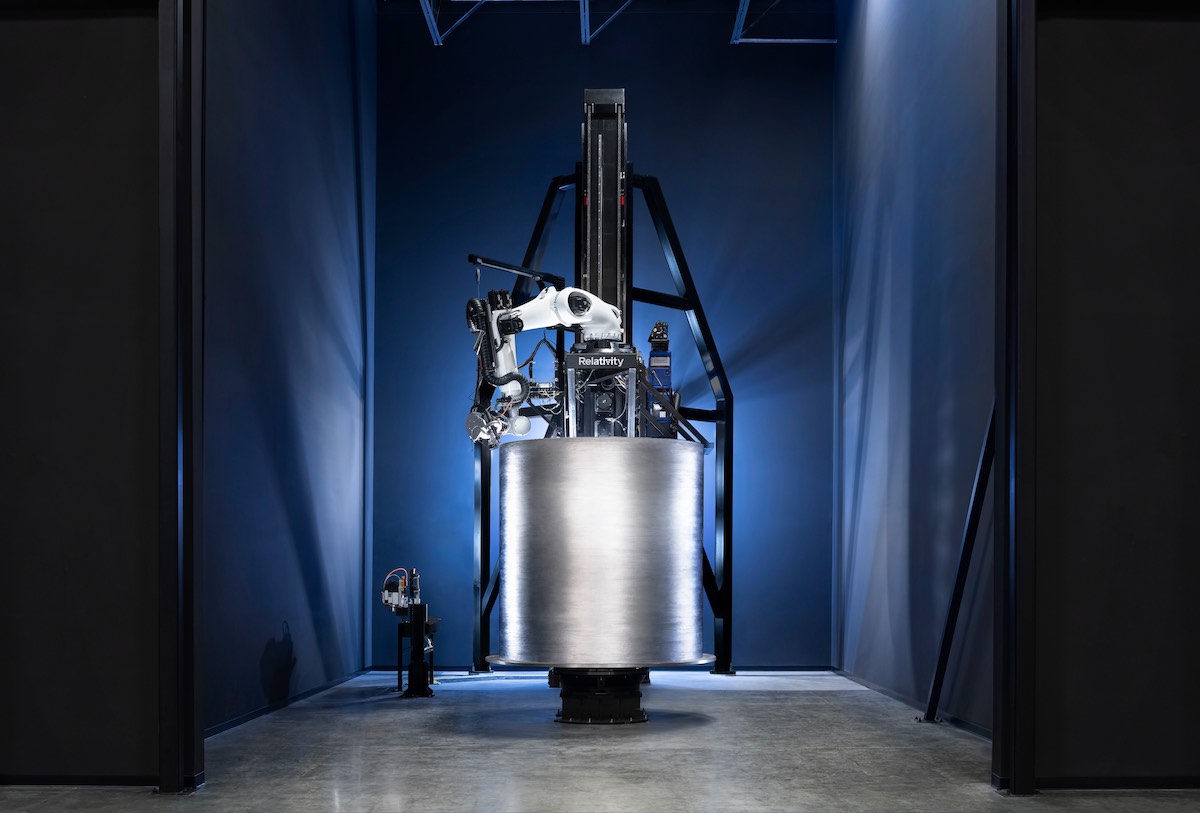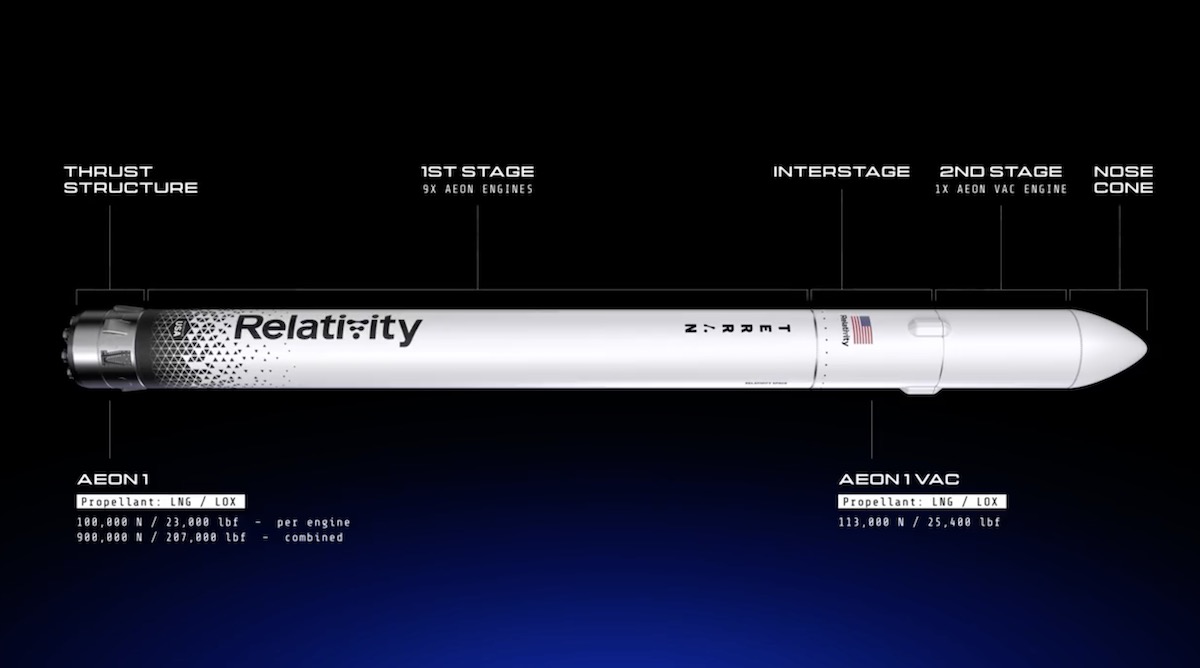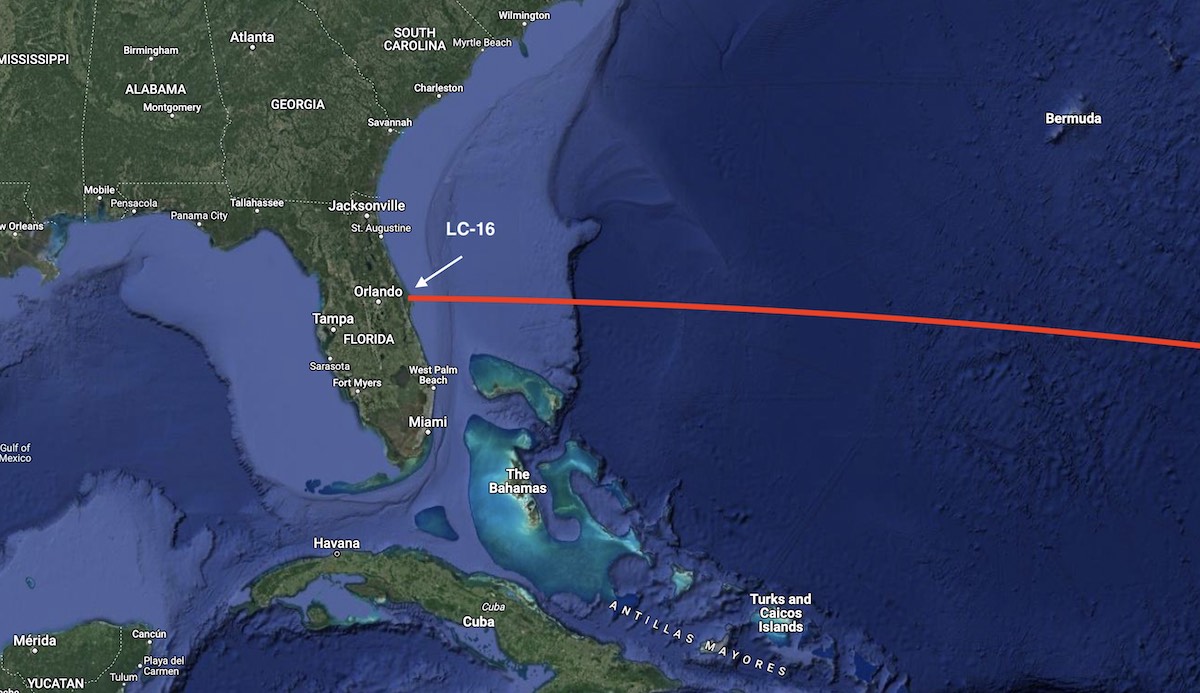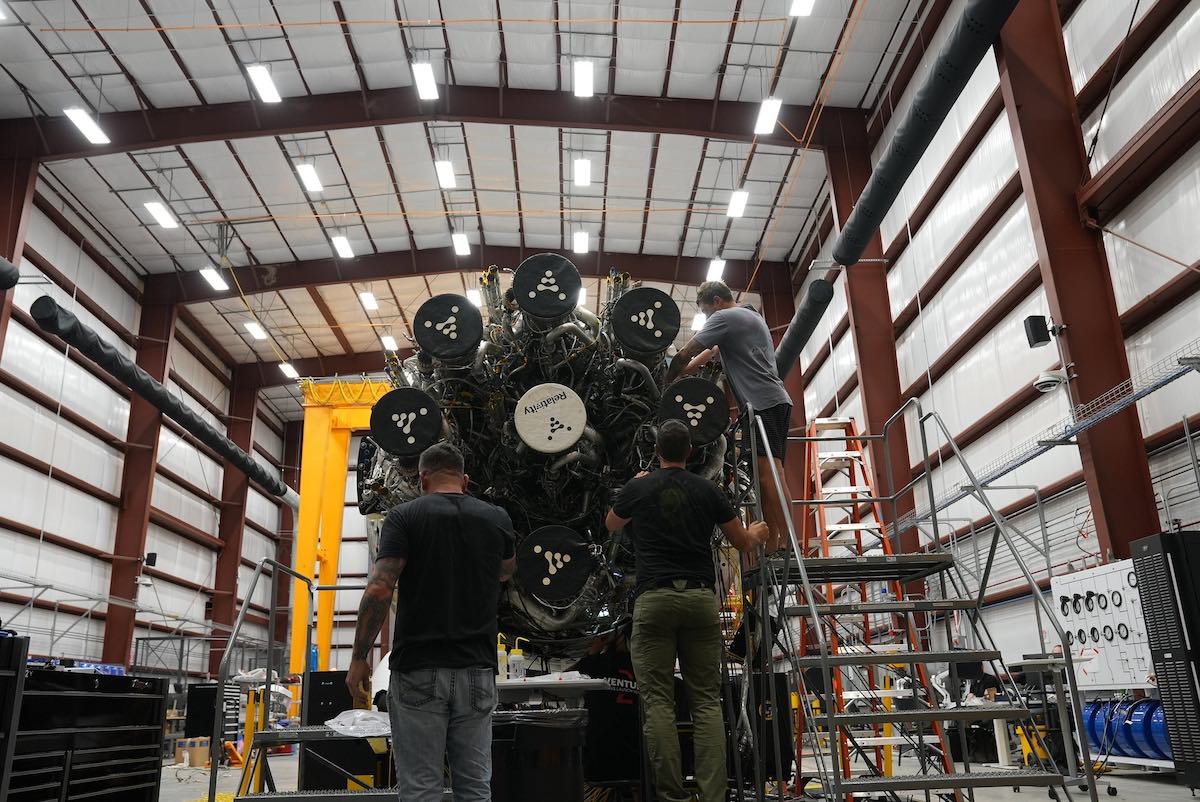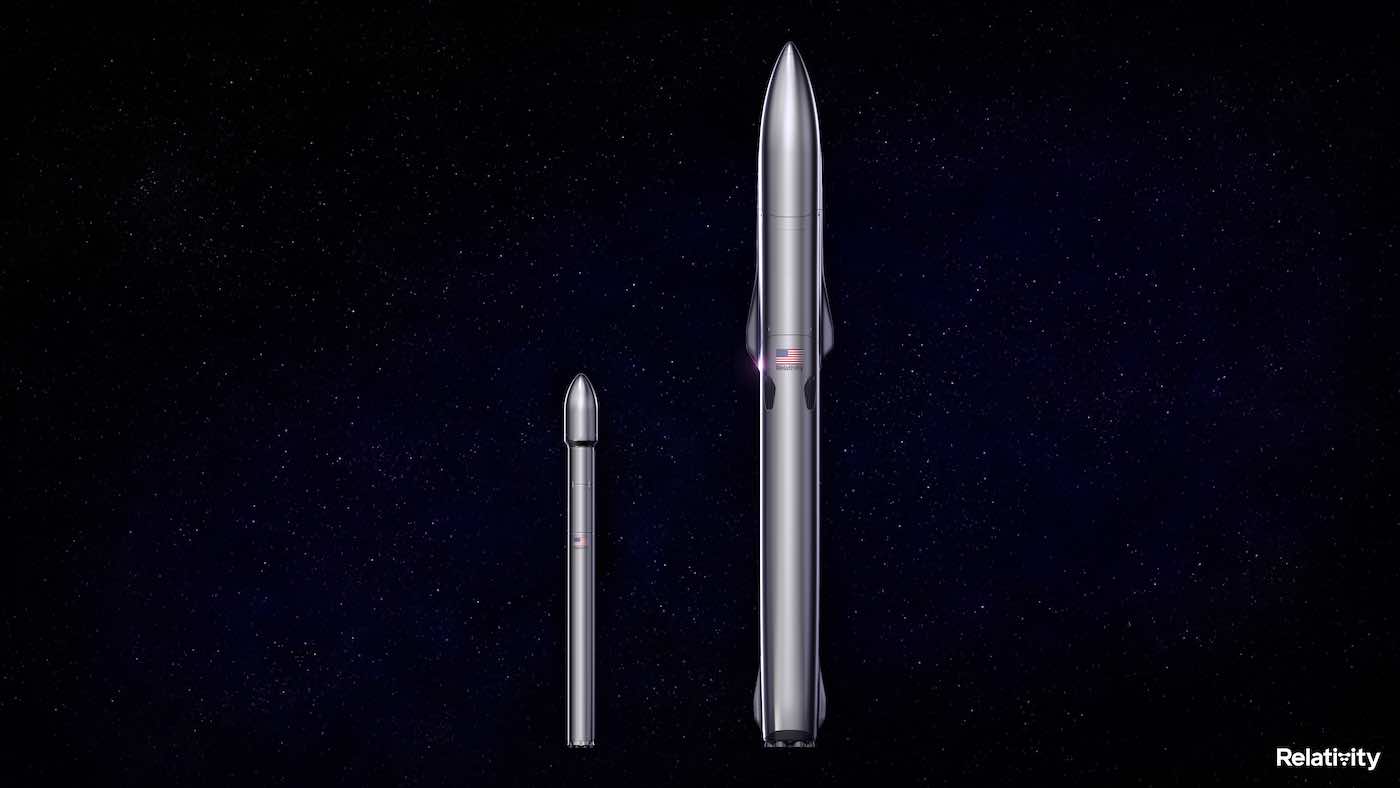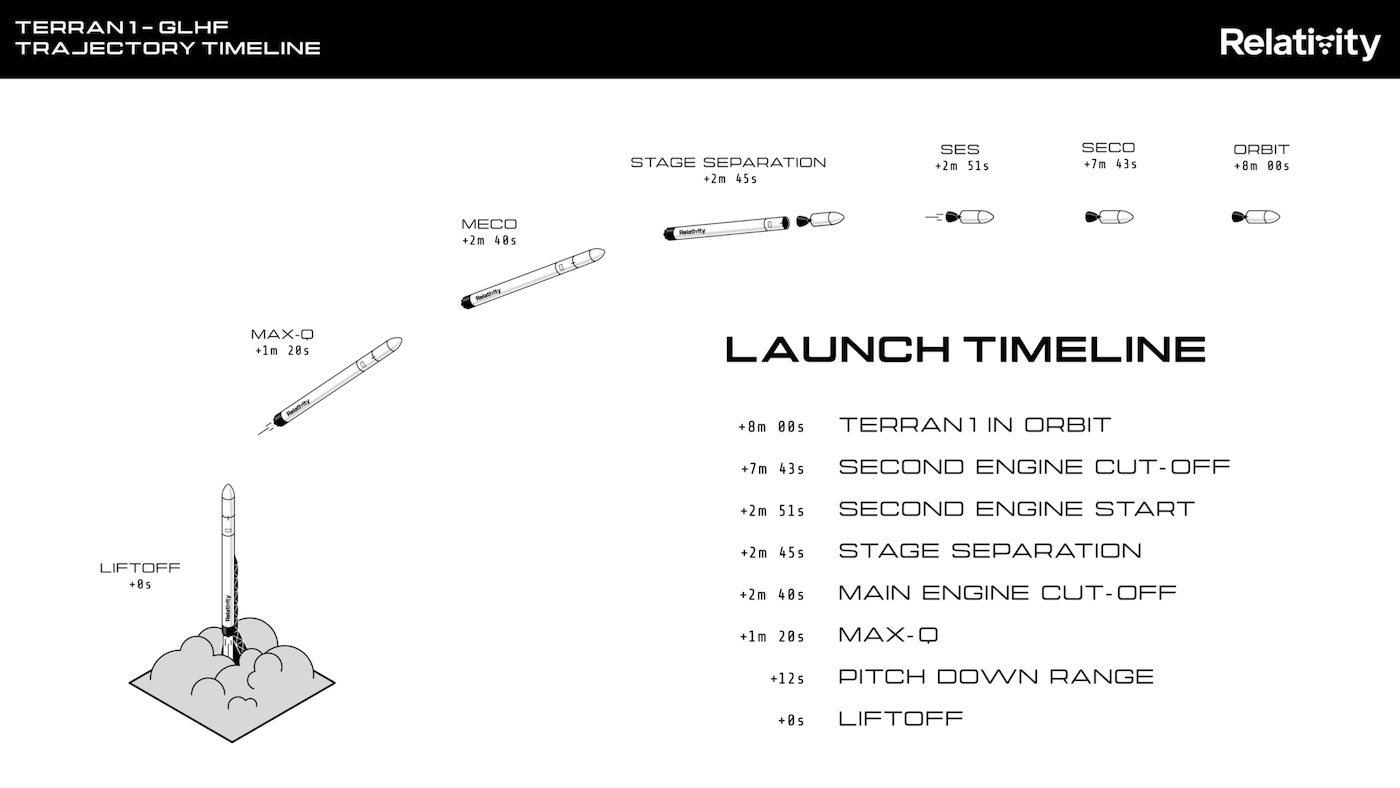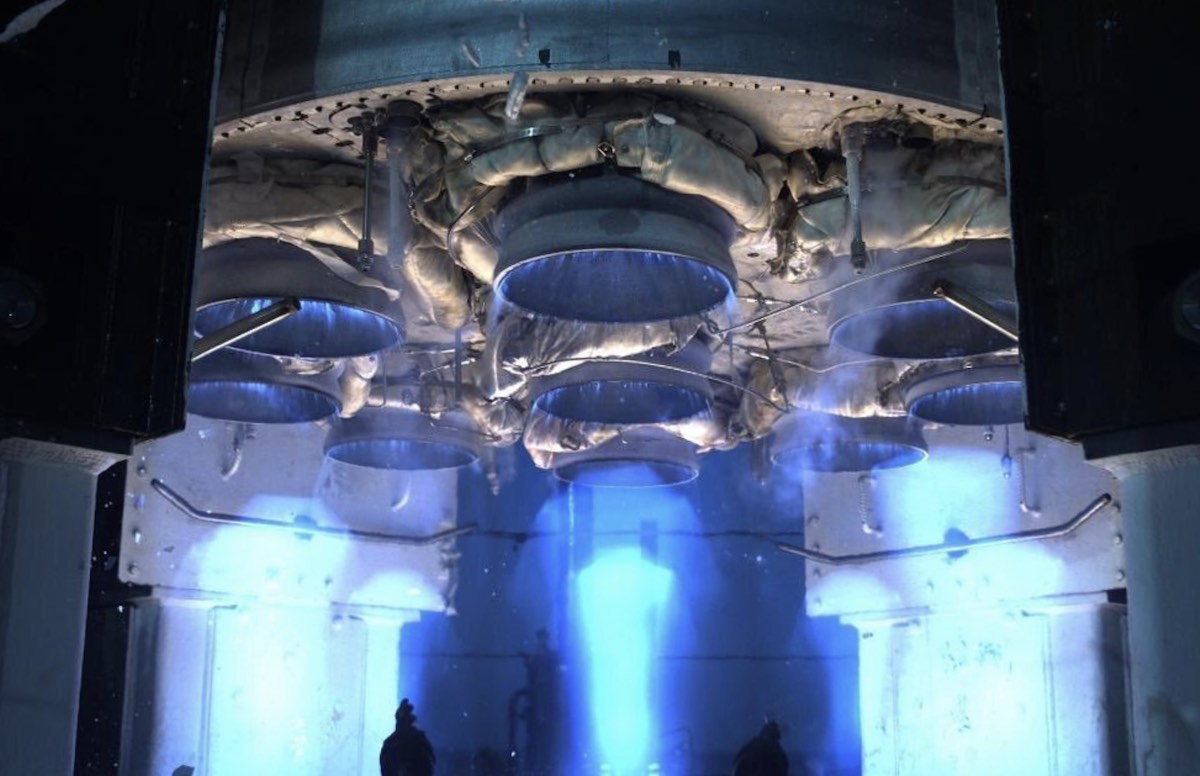New Comet C/2023 A3 Tsuchinshan-ATLAS may put on a show at the end of next year.
Could this one be the next great comet? Though caution is always warranted when it comes to icy interlopers from the Oort Cloud, a recent discovery has given us pause, and a reason to take notice. We’re talking about the recent discovery of Comet C/2023 A3 Tsuchinshan-ATLAS, just announced last week.
The discovery announcement came out of CBAT (The Central Bureau for Astronomical Telegrams) Number 5228 released on February 28th. The comet was sighted independently by the ATLAS (Asteroid Terrestrial-impact Last Alert System) automated sky survey, and earlier data from the Tsuchinshan (Zijinshan or ‘Purple Mountain’) observatory in China, hence the double moniker. The comet turned up in earlier observations from Purple Mountain Observatory’s XuYi Station going back all the way to January 9th, 2023, that’s why it ended up with an A3 designation, which is usually reserved for comets discovered in early January.
A10SVYR (later designated Comet C/2023 A3 Tsuchinshan-ATLAS) remote imaged by Filipp Romanov on February 24th, 2023.The specifics for the comet are certainly interesting: the comet was discovered as a faint +19th magnitude fuzzball, and currently shines at +18th magnitude in the constellation Serpens Caput. Its current distance is 7.2 AU (670 million miles/1.08 billion kilometers) from the Sun, out beyond the orbit of Jupiter.
The orbit of comet A3 Tsuchinshan-ATLAS, showing it near closest Earth approach. Credit: NASA/JPL.On an 80,660 year retrograde orbit with a 139 degree inclination relative to the ecliptic plane, the comet will reach perihelion on September 28th, 2024 at 0.39 AU from the Sun… though it will also only be 22 degrees as seen from the Earth, and lost in the Sun’s glare. Things get a bit better in the succeeding weeks, as the comet makes its closest Earth approach of 0.476 AU on October 13th. Best views are expected around this time as the comet emerges from the Sun’s glare low in the dawn sky, post perihelion. The comet may reach a brilliant magnitude 0, through +3 or so is more conservative. A phenomenon known as forward scattering may work in the comet’s favor, increasing its apparent brightness.






